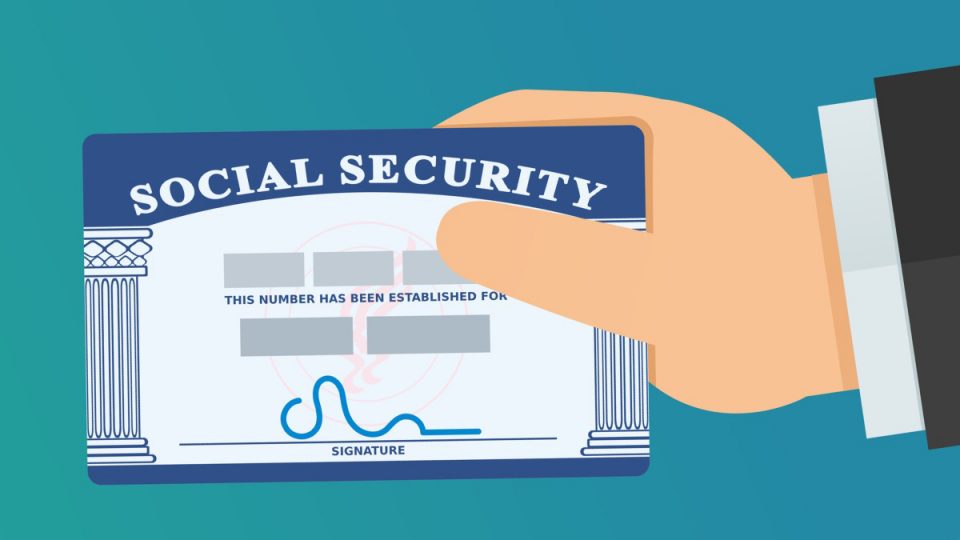For more stories like this, sign up for the PLANSPONSOR NEWSDash daily newsletter.
What Workers Need to Know About Claiming Social Security
Plan sponsors and retirement plan advisers can help to bust the myths, misperceptions and misunderstandings surrounding Social Security.
Workers need to know that the Social Security sky won’t go away before they can claim the benefit, and plan sponsors can do more to clear up confusion among plan participants, according to retirement industry experts.
Plan sponsors should help workers to familiarize themselves with the Social Security Administration’s rules and regulations and emphasize to employees that there is a tradeoff for claiming Social Security early.
Employer-sponsored retirement plans have several tactics available to them to help participants optimize their Social Security benefit and allay fears that the program will perish before they are near retirement and ready to claim, says Principal’s Sri Reddy, senior vice president, retirement and income solutions.
“The biggest disservice I think a person does to themselves is claiming Social Security at age 62 or if you’re a widower and you’re still working taking it at age 60,” Reddy says. “Helping your employees understand … why you shouldn’t and what the tradeoffs are. It’s probably worthwhile conversation.”
David Macchia, founder and CEO of Boston-based Wealth2k and a former director of the Retirement Income Industry Association, adds that claiming early can have long-term harm.
“One of the things that I have seen a number of times is people taking Social Security as early as possible, at age 62, with a much lower benefit, out of fear that it won’t be there for them,” he says.
The “misplaced fear” will likely prove costly to retirees in their golden years, he adds.
“It’s not prudent to act that way, and the cost of that over the course of your retirement is extreme,” Macchia says.
Despite the fear from workers that Social Security will go extinct by the time a worker retires, this is not well-founded, he explains.
“Social Security is an insurance plan, not an investment plan,” Macchia says. “Look at your health insurance—that’s another big insurance plan. If there are adjustments that need to be made from time to time—if the premium needs to go up by 4% because the claims experience is higher than they expected or they need to increase the deductible—they make those adjustments in an insurance plan. The same thing will happen with Social Security.”
Employer Tactics
Plan sponsors can address Social Security with workers as with workplace benefits, during open-enrollment season, by urging plan participants to create a secure account and get familiar with how it works.
“It’s just good practice, not to have identity theft, for you to go out and set up a user ID and login for Social Security [and] to do that with multifactor authentication,” Reddy advises. “Make it a habit, even if it’s every year around open enrollment for health insurance for a plan sponsor to say, ‘Go check your earnings record, make sure it’s right, make sure that there’s nothing else happening to your Social Security account,’ because that’s the easiest way of combating fraud.”
Plan sponsors can also, “through whoever their retirement provider is,” make available “access to savings calculators and retirement income calculators,” Reddy says. “It would be really useful to either have a blanket assumption for what your future Social Security benefit will be, have it linked to your Social Security account or have the user actually go out and put it in real numbers for what they’re going to get to explain [any] retirement income shortfall.”
In addition, similarly to recordkeepers and plan sponsors sending mailers with information on catch-up contributions to participants at age 50, the same could be done for workers at age 64 for Social Security claiming.
This arrangement can benefit the employer as well, he adds.
“If you’re an employer and you have an employee who has Medicare, and your private insurance, they’re costing you less, why would you be doing that? But I’m always surprised how many employers don’t have programmatic systems to make it happen,” Reddy says.
Confront the Confusion
For plan sponsors to help employees better understand Social Security and what is at stake, “you need to be aware of the basic rules around [a] Social Security claiming strategy and how it can affect what your lifetime payment will be,” Reddy says.
“The benefit increases every year that you delay, maximizing at age 70,” says Macchia. “Between [when you can first claim and] your full retirement age—let’s say that’s 66 and age 70—there’s an 8% increase each year on the benefit, and that’s a lifetime benefit. It’s prudent for most people to try to bridge using their own savings to live on until they can get to a higher Social Security income.”
Per SSA guidelines, workers who retire and claim at age 62—the earliest possible for those widowed is 60—will receive partial benefits that, if delayed, continue to increase until age 70.
There are additional items that will affect Social Security, such as “what happens to Social Security if you’ve ever been married before, if you’re a widower or if you’re a divorcee,” adds Reddy.
“You should also understand if you’re still married how your spouse’s earning records—if they’re different than your own substantially—how it can it have an impact on what Social Security you claim and which order,” he says.
Claiming benefits affects gig economy workers who continue to work past their full retirement age, Reddy adds.
“There’s a ton of people out there now because of the gig economy who want to stay engaged, whether it’s doing Uber-driving or something else. They’re still working in retirement, and I don’t think people realize if you take Social Security before full retirement age and you continue to work, there’s a tax penalty there,” he says. “Not only are you delaying future payments and you’re reducing it forever, but you’re also now paying a penalty on things you didn’t need anyway, which doesn’t seem optimal. Social Security is not it’s not the most complex thing out there, but it does have complexity and you should be aware.”
Myths and Misunderstandings
It’s critical for retirement plan sponsors to make sure participants understand Social Security, because otherwise, workers will save and invest in a suboptimal way over their careers, Macchia says.
“It establishes a floor in your personal finances. And that floor is guaranteed and it is guaranteed to be adjusted up with inflation,” he says. “That is a very valuable benefit, not only in the absolute terms of having an income check every month or a deposit into your checking account, but also in the sense that it allows you to perhaps be more aggressively invested because you have that floor [and] you have that baseline of protection.”
Allowing Social Security myths to persist can therefore harm participants’ retirement readiness, Reddy adds.
“If [workers] don’t [understand Social Security], the odds are they’re probably underspending and oversaving, [or] they’re doing other things which cause bad behaviors,” he says.
The myth that the sky is falling for Social Security can add to anxiety for participants, Reddy explains.
“The first, most common misconception about Social Security is [that] at some point Social Security is just going to run out of money, and the answer is no, not true,” Reddy says. “Social Security will run out of the surplus and they will run out of the Trust Fund, those are true statements. And Social Security, at some point, will be collecting less than the promised payments that need to go up. So if you deplete the trust fund and you’re collecting less than you have to pay out, well, you have a couple of choices: Do you pay less out to everybody? Do you means test it? Do you look for alternative taxation, or do you use general revenue of the Treasury to pay for security obligations?”



